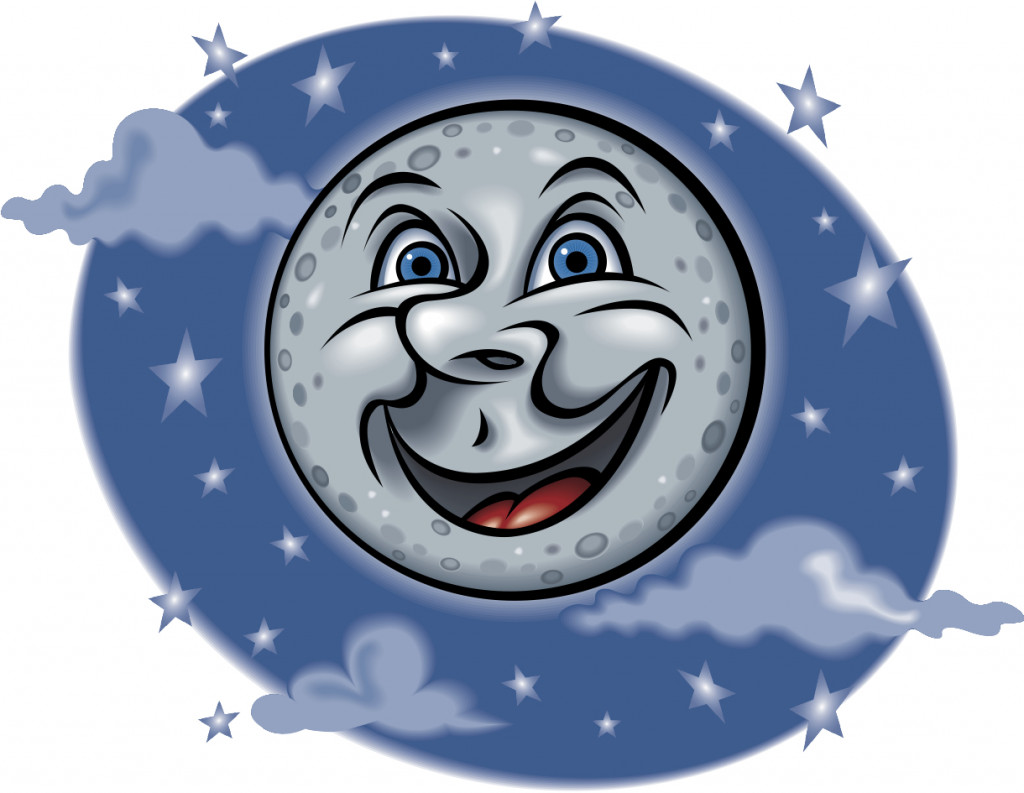Your Night Sky for Oct. 14, 2020

Orionid Meteors and Zodiacal Light
Since the new moon is on the 16th, this is a great time for sky viewing. The Zodiacal Light is an interesting thing to look for. It occurs twice a year, and this time of year it’s an early morning event. The Orionid meteor Shower also occurs twice a year, and at this time of year it peaks on the 21st in the early morning. So they’re both morning events.
The Zodiacal Light is interesting because when you view it, you’re looking edgewise into our solar system. It’s actually sunlight reflecting off dust particles that move in the same plane as Earth and all the planets orbiting our Sun. In spring is appears in the evening, and this time of year it’s visible in the morning.
You need to look in the east while the sky is still dark in the morning. It’s visible all month and looks like a tall dim pyramid of light stretching from our planet up into the sky. It will be close to bright Venus which is halfway up in the sky. Even though it’s as bright as the Milky Way, it’s milkier in appearance. It could actually look like light coming from our next town over. Because we live so far south, it may actually look brighter.
Earth interacts the orbital path of Halley’s comet twice each year. In early May it’s called the Eta Aquarid meteor shower. This time of year, when our planet crosses the comet again, it’s called the Orionid meteor shower. Each time our planet plows through dust and cookie crumb size debris, boiled off the comet during its multi trip through our solar system.
The debris strikes our atmosphere around 148,000 MPH, which causes these fragments to flare into meteors. Since the moon is so small this time of year, they’re going to be great to view. They peak midnight to dawn, but you will most likely only see 15 meteors per hour. In past years I’ve gotten up early and went outside to view them. They’re wonderful to look at!
It starts in the ENE at 10:30 p.m., and reaches its peak at 5:30 a.m. The constellation Orion rises early morning, and they will be just to the left of that constellation. But they do shoot across the sky. The best days to view them will be Oct. 20, 21, and 22. They usually come in spurts and then quiet down for a while. So, go out during the night, and have a great time viewing them.



